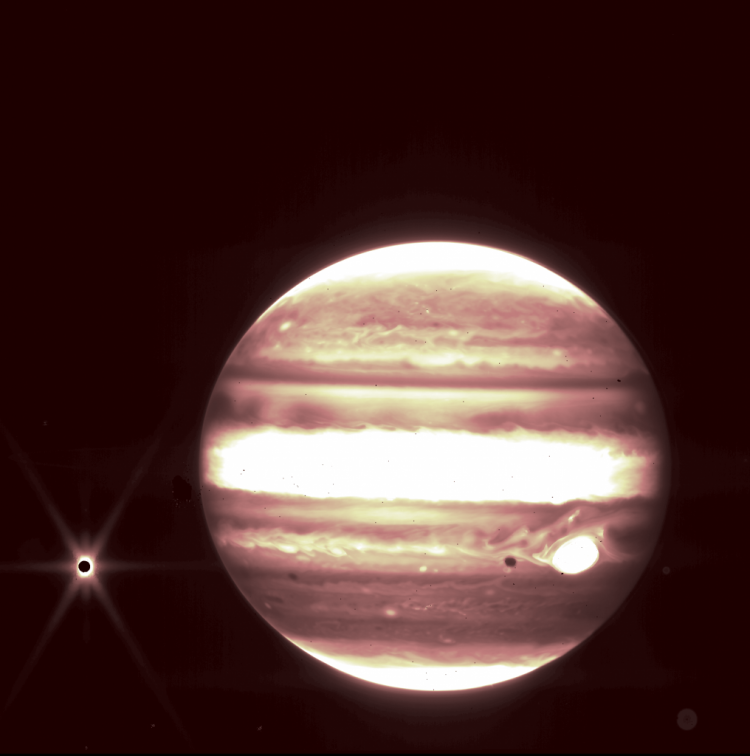Jupiter will approach the closest to Earth in 59 years on Monday, Sept. 26 - and the view will be spectacular.
Jupiter's distance from the Sun falls to a measly 740 million kilometers (about 460 million miles) every 12 Earth years, providing those of us in the uptown portion of the Solar System a fantastic perspective of the huge outer suburb planet as it looms larger than usual in the evening sky.
For those of us on Earth, the extra illumination Jupiter receives during its closest approach to the Sun isn't usually a significant problem. Because we are on our own orbital path, we are not always in the same proximity. This time, however, we're in the neighborhood.
Technically, Jupiter's absolute smallest distance from the Sun, known as perihelion, will not occur until early next year. Earth will be racing around the corner in its own infinite orbit by then.
However, our closest annual transit of Jupiter happens this week, during a time known as opposition. It's the only time of year when you can draw a completely straight line from the Sun to Earth to Jupiter.
Taken combined, opposition and a flawless perihelion would give us a full-frontal, front-row seat to Jupiter glowing brightly. We may be a little early for a perfect perihelion, but the last time Earth got this near to the giant - just 590 million kilometers away - it was October 1963, when Bobby Vinton was topping the charts with Blue Velvet.
Every year, our planet travels the farthest distance from the Sun, around 152 million kilometers. We're currently a little more than 150 million kilometers away, on track to reach our own perihelion - a distance of around 147 kilometers - early next January.
In the grand scheme of things, these astronomical distances are insignificant. Expect higher tides, more earthquakes, and more meteorites than usual. However, if you want to start your evening with some cosmic splendor, gaze to the eastern horizon shortly after the Sun sets. Look for a large, bright, and shining star.
According to EarthSky.com, Jupiter will have an apparent magnitude of -2.9, making it one of the brightest objects in the night sky. To put things in perspective, the full moon has an apparent magnitude of -12.5. Before you leave, take a telescope or a decent pair of binoculars.





